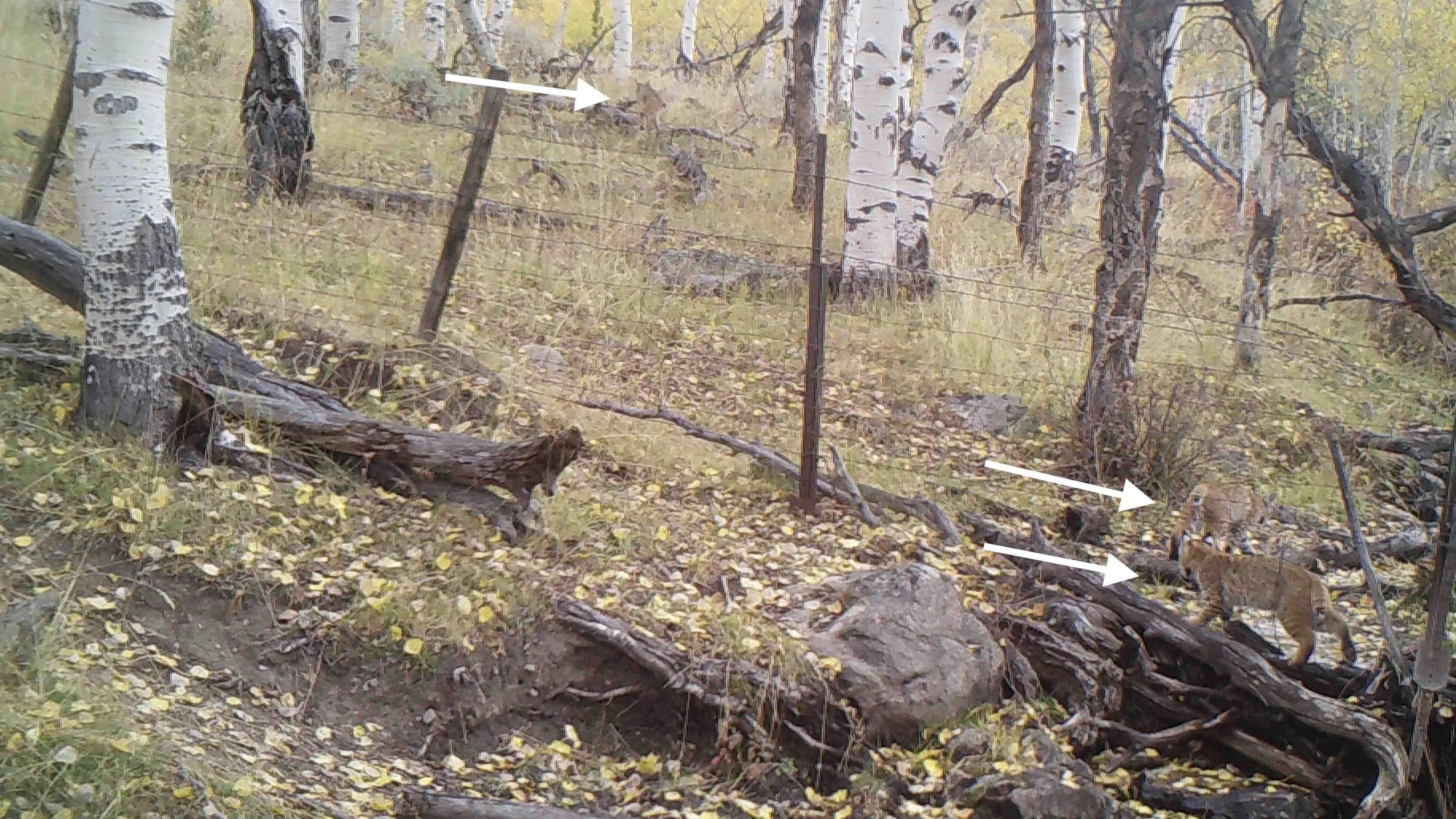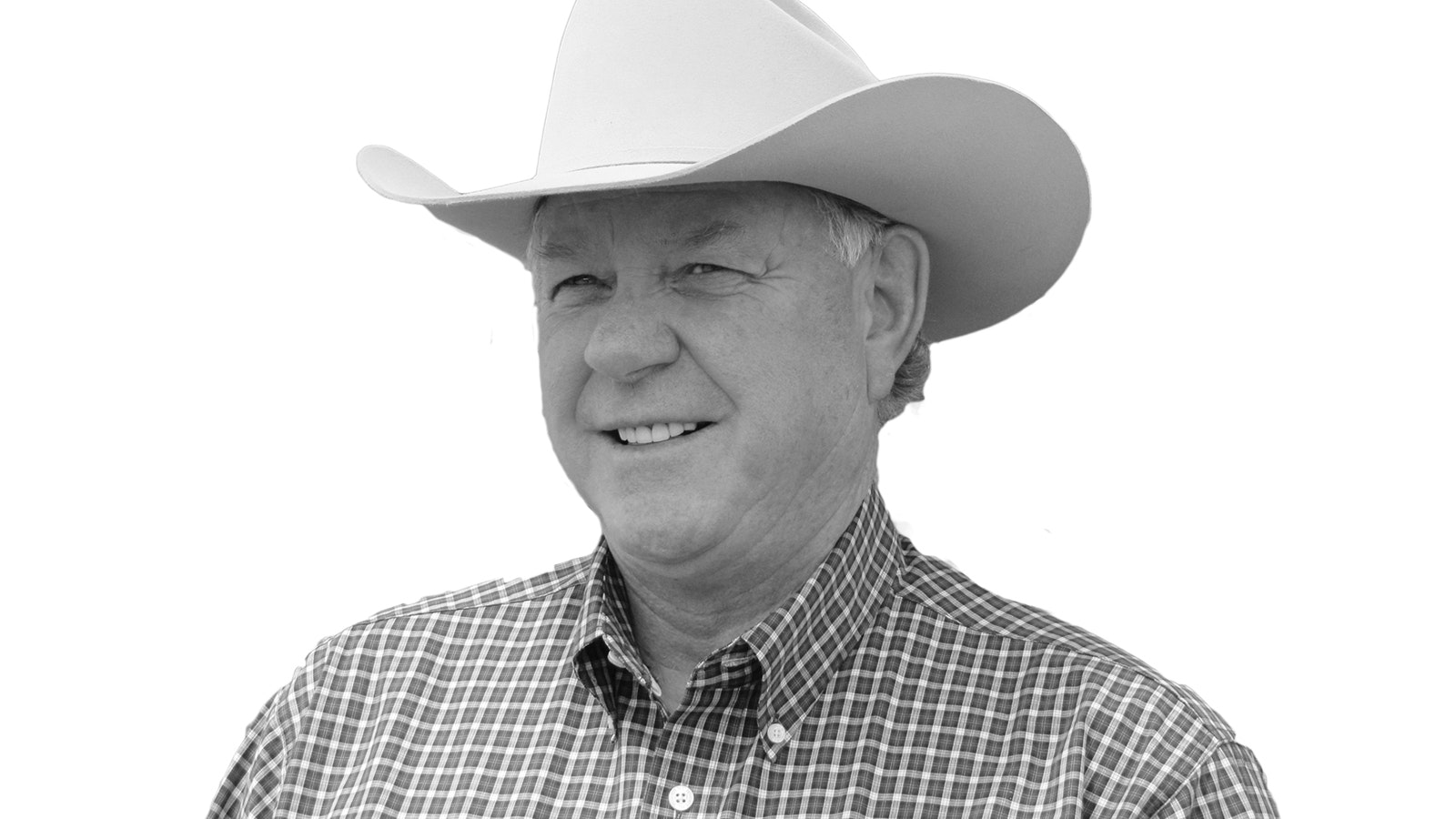Pushed by gentle winds, orange and yellowed leaves tumble gracefully from aspen branches to the ground as this beautiful autumn stretches into November. The year’s greenery has already shifted towards muted tones as the earth prepares for its winter rest.
The first of the winter snows arrive and disappear as the ground drinks in the moisture before freezing. As the sunlit days give way to long nights, gusting winds bring a new snowstorm, this one blanketing the landscape in an enduring white shroud.
I’ve been watching nature’s shift, from soil and vegetation changes to the repositioning of animal populations as fall slips into winter on this western range. Here on this range, fall is both a season and a verb. The leaves fall, birds fly south, and mammals like bears and marmots go to ground for winter slumber, while others like pikas will survive the winter in the space between the ground’s surface and the top of the snow cover by reaping the benefits of their fall harvests.
But it’s the Sublette mule deer that signify fall as both a season and a verb. Beginning in mid-October, the deer began trickling down out of the mountains and moving south along the foothills. Within a few weeks the trickle grows to a surge as thousands of deer travel along the migration route, headed toward their winter range in desert sagebrush basins.
The devastating winter of 2022-2023 resulted in huge losses to both the Sublette mule deer and pronghorn antelope herds, but continued moisture throughout the summer provided renewal to their rangelands after years of lingering drought.
As we watch the animals on their journey south along the Wind River Mountains, we see that they are headed into winter in good condition, and many mule deer does have two fawns at their sides. What is missing are the yearling deer, a reflection of the loss of last year’s fawns that couldn’t survive the more than two months of below-zero temperatures and deep snows of last winter.
Far more startling on this side of the basin is the reduction in pronghorn antelope numbers. While we would normally have hundreds of antelope lingering in the fall, this year their numbers are closer to a quarter of what we would normally see. Thankfully, these survivors are in even better shape than the deer after a productive summer and fall.
A year ago this week, our game cameras captured images of four bobcats (an adult with three youngsters) bouncing along the mule deer migration trail through the ranch along with the mule deer. This year a bobcat family (an adult with at least two kittens of the year) arrived just a week into the deer migration. The cameras frequently document individual bobcats on the ranch regardless of the season, but the family groups are nearly always associated with the deer migration.
Another predator family arrived with the peak of the deer migration this year. A group of four mountain lions (presumably a female with three nearly full-grown young) arrived together one night, with another solitary lion documented entering the ranch early the next morning using the same deer migration path.
While knowing that there are five mountain lions in one small drainage at the same time is a bit unnerving, at this point they are not a problem. It makes sense that the lions would shift their seasonal use with the movement of their major prey species. We don’t know if the lions will continue to move with the deer or stick around with the lesser number of deer that tend to linger here through December.
The livestock guardian dogs have been working overtime during the migration, as the sheer number of wild predators on the landscape they share surges. That the dogs have keyed their nighttime patrols on the rocky ridge above the house led us to suspect the presence of wild feline predators, but the game cameras reinforced that suspicion.
It’s been two years since we had a lion family linger in the neighborhood, and even then the cats seemed to use the ridgeline above the house as their outer boundary most of the time, only occasionally making nighttime excursions out onto the flat. Other lions roam the river bottoms, caching their deer kills in the dried pine needles under the shelter of pine tree boughs.
We’ve changed our livestock management in response to the behavior of both the guardian dogs and the information we’ve gained from the cameras. We’re bedding the sheep out in the open lowlands that are more easily defended by the dogs, leaving the rugged uplands to the deer and their ambush predators.
The dogs keep their focus on the ridgeline at night, and we hope that conditions will continue to change as large carnivores increase their distance. The other night I heard a ruckus and opened the back door to watch the dogs in hot pursuit of a red fox in the rocks. It’s an annual tradition, the foxes vexing the dogs as they select their winter hideouts, and the dogs working to convince their small canine cousins to add some distance from the livestock.
Cat Urbigkit is an author and rancher who lives on the range in Sublette County, Wyoming. Her column, Range Writing, appears weekly in Cowboy State Daily.





